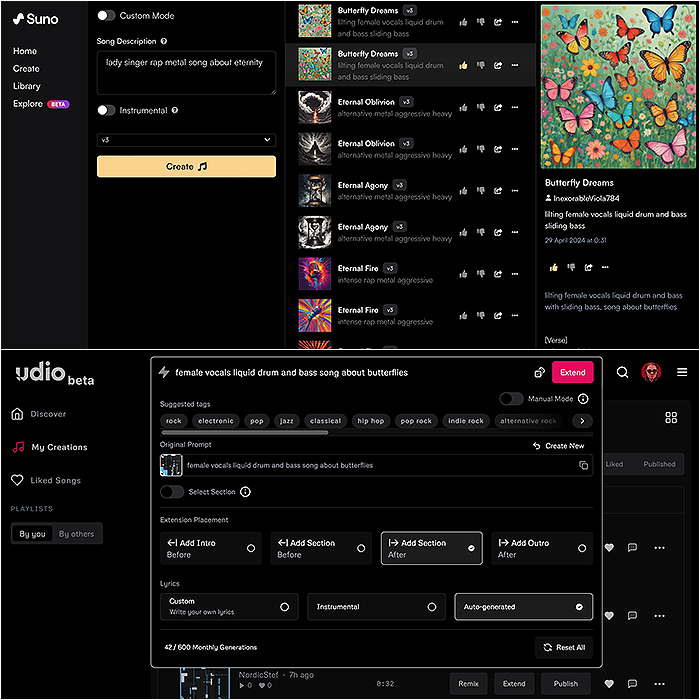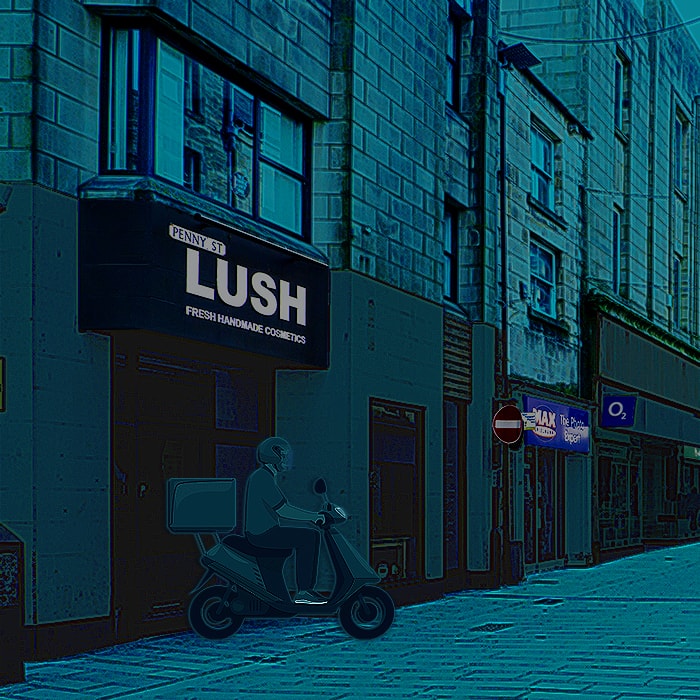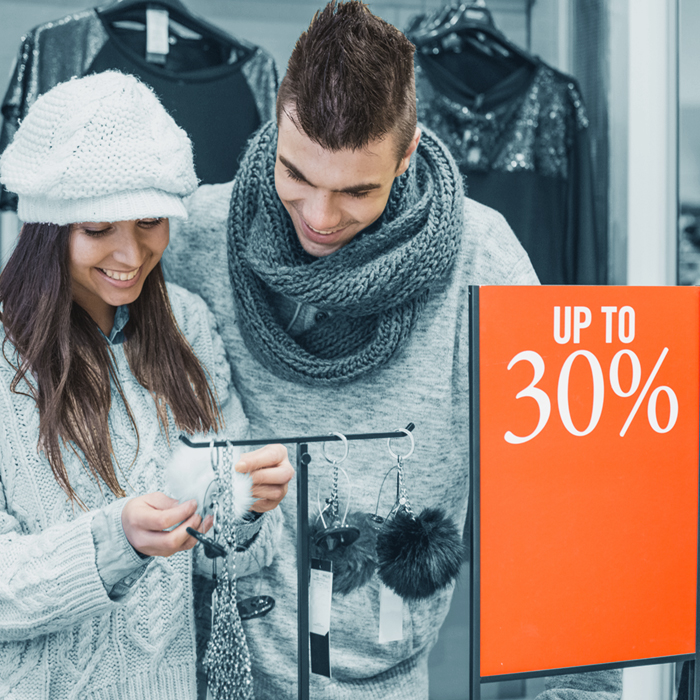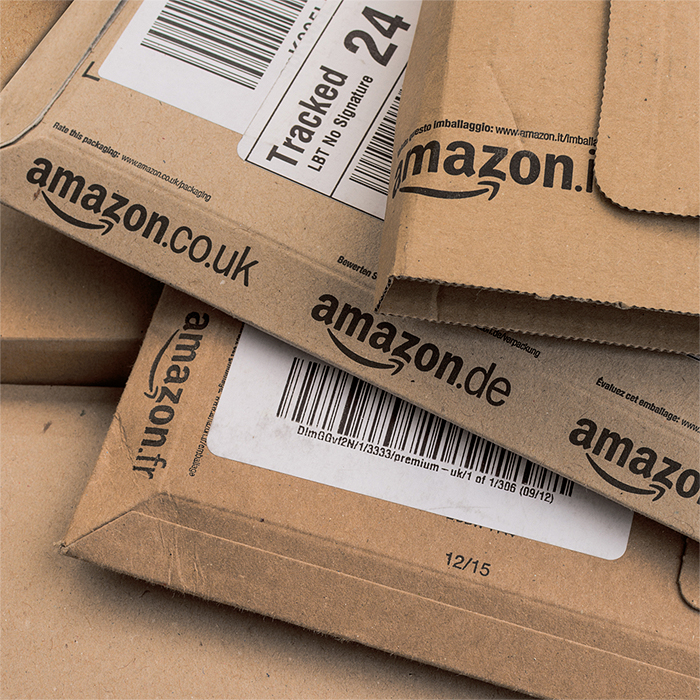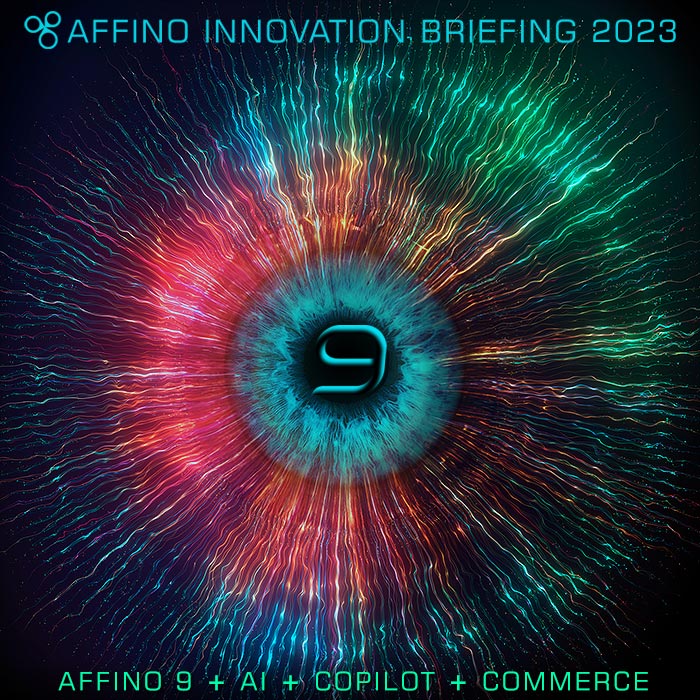Why all High Street Retailers need a Social Retail Solution
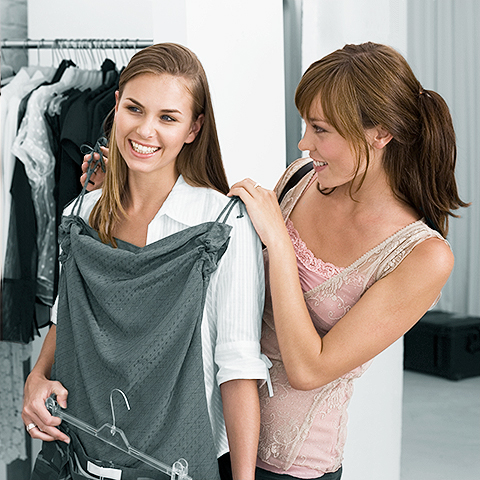
First we need to define ’Social Retail’ and detail how it is different to what most companies consider Social Commerce to be. In its simplest form, Social Retail derives from an Integrated Community Space - with proper Facebook-like User Profiles and multiple channels of communication and participation for consumers. Most Social Commerce which you see on the web today is in the form of rather superficial social plugins, most typically - Social Media Sharing and Comments and Ratings.
Social Retail creates a vibrant community hub with relevant incentives - to encourage consumers to own and promote their own space within that brand’s larger retail community. The retailers get much better records and understanding of their consumers’ increased activities - as well as more word-of-mouth recommendations, and the consumers in turn get a much more rewarding experience from the retailer. Social Retail is a connected experience - bridging the onlne store with the local stores and local communities.
Here follows what we believe to be the key components of Social Retail.
The Bridge
On an Ecommerce website, the emphasis has to be on adding to basket and checkout - you cannot disrupt or distract from that process, or the retailer is likely to suffer diminished returns / conversion rates. Thus the best way to connect with the consumer is from the Sales Confirmation Screen. They have just made a purchase, and the screen presents them with sharing options - ’I just bought Red Coat from B-Boutique’ etc. much like Amazon does. On the same screen you would see links / buttons to Community Registration - with a list of incentives. A key part of Social Retail is rewarding consumers for their various online activities - so you present a brief case for how consumers accumulate reward points / store credits from their purchases and online social activities.
Registration
A Social Registration needs a few more details than the regular Ecommerce Registration, which is why it is important that the incentives listed on the Sales Confirmation Screen are repeated on the Registration Screen. It works well to have a rolling ticker of ’Recently registered members’ too for added motivation - try and keep it simple though. Successful Communties need Profile Pics and user Nicknames, so these features need to be highlighted and properly incentivised for completion. As part of bridging online with local store - the User also needs to be able to select their nearest store.
Member Community Screen
A key part of modern consumer incentivisation is in ’Gamification’ - i.e. injecting fun into the process of participation. A company which is already well on the way to Social Retail is Yeo Valley - whose website includes great examples of Gamification and Incentives - in terms of Yeo Valley Tokens - ’Yeokens’. Most communities need to look towards Abraham Maslow’s ’Hierarchy of Needs’ when considering their incentives, as a healthy dose of Reward and Recognition is a must-have. For this purpose the main Member Community Screen would benefit from various hierarchical member listings / leaderboards / activity lists - which give members achievement levels to aspire to. The RateBeer beer-aficionado community site does the leaderboard thing very well as an example - as does location check-in social network Foursquare. All sites need to look towards innovative ways in which to motivate and incentivise their customers to participate more.
Member Profile
Here we’re talking about full-featured Facebook-style User Profiles which have status / update feeds and various integrated share / promotion spaces. By share spaces we mean listings like ’favourite products’ and ’I would like...’; on fashion retail sites you could have ’My Favourite Outfits’ where you group related items together. Personal word-of-mouth is the strongest form of recommendation, and if you can view a Customer’s favourite items from your site - with personal labels and comments - then you have the very best form of promotional space. We know from our own experience that being able to put a face to a comment, and then relate that within a relevant context is exponently more impactful / valuable than a simple aliased / anonymised comment. We worked with Diesel several years ago when they introduced the concept of the changing room mirror camera as a brief social experiment - this kind of thing would be priceless for Social Retail - allowing customers to take pics on camera-integrated changing-room mirrors which would be automatically uploaded to their profiles for sharing / promotion purposes - and of course accruing points by way of incentivisation ...
Localised Store Community
Local communities and their localised stores are becoming increasingly disconnected as the old local social gathering places of church, library, town hall, town square, pub etc. have fallen out of vogue. Shopping Malls are the new cathedrals, and the individual stores have a chance to become the new churches - if they apply themselves properly. Currently though, there is usually a complete disconnect between a store’s website and their local stores’ activities. This is manifested by local store purchases not appearing online on your purchased items list, and inventories being totally separate - there’s not a seamless hand-over or follow-up which is one of the aspects that is core to Social Retail. Fashion retailer White Stuff has long realised the importance of local community - based around the idea of their stores as local drop-in hubs. High Streets are becoming less male-friendly as gadget, music and typical blokey retail has almost entirely moved online now. The cleverest stores will realise this and put in man-creches so-to-speak, to make the shopping trip more enjoyable for the tag-alongs. White Stuff has pioneered local in-store events and activities based around a relevant social calendar for their typical shoppers. The key idea behind Social Retail is connecting regularly and locally with customers through their local stores, and seamlessly transitioning the relationship to the online store website and back again - a full 360° social experience. On the website you would be able to access local store pages which would be centered around that local community - with events calendar, activities and competitions connecting in-store and online. Those customers’ likes and retail choices would be shared across the wider online community to serve as inspiration and motivation for other customers too. Both Apple and HMV do the in-store events pretty well - most Apple stores have a theatre area for presentations, talks and other live events - e.g. album launches; however neither company translates this successfully online - both could do with a Social Retail dimension to fully connect with local customers.

Did you find this content useful?
Thank you for your input
Thank you for your feedback
Upcoming and Former Events
PPA Independent Publisher Conference and Awards 2023
Affino Innovation Briefing 2023
Press Gazette Future of Media Technology Conference 2023
PPA Awards 2023
Meetings:
Skype and Zoom
Registered Office:
55 Bathurst Mews
London, UK
W2 2SB
© Affino 2024



